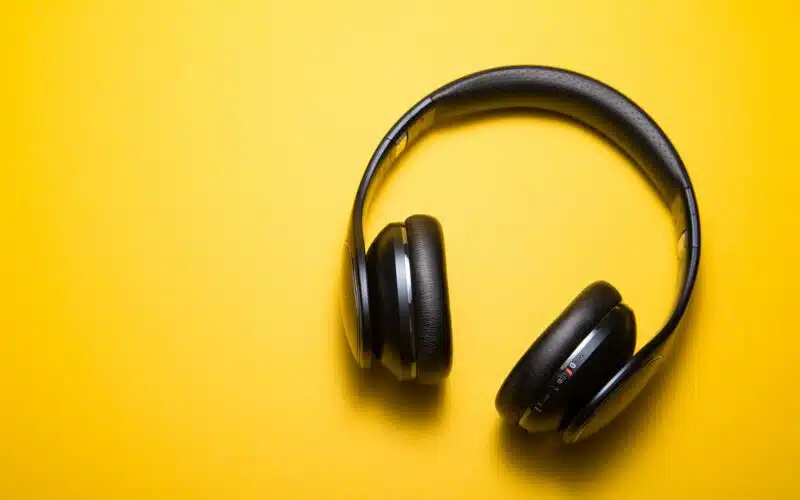In today’s fast-paced world, headphones have become an integral part of our daily lives. Whether we use them for listening to music, watching movies, or making phone calls, headphones provide a convenient and immersive audio experience. However, it’s crucial to prioritize the health of our ears while enjoying the benefits of headphone usage. In this article, we will explore effective strategies to protect your ears when using headphones, ensuring a sound experience for years to come.
Understanding the Risks: The Impact of Loud Sound
Before delving into protective measures, it’s important to understand the potential risks associated with prolonged exposure to loud sound. Excessive volume levels can lead to noise-induced hearing loss (NIHL), a permanent and preventable condition that affects millions of people worldwide. Additionally, high sound pressure levels can cause temporary symptoms such as ringing in the ears (tinnitus), ear fatigue, and discomfort.
Mindful Volume Control: Keeping Sound in Check
One of the most crucial steps in protecting your ears when using headphones is practicing mindful volume control. It’s tempting to crank up the volume to immerse ourselves in the music or audio, but doing so can have detrimental effects on our hearing. The World Health Organization recommends keeping the volume level at or below 60% of the maximum volume capability of your device. Regularly taking breaks from headphone use can also help prevent overexposure to loud sound.
Noise-Canceling Headphones: Reducing External Noise Levels
Noise-canceling headphones are a popular choice for those seeking an immersive audio experience while reducing external noise levels. By actively analyzing and counteracting ambient sounds, these headphones allow you to listen at lower volumes without sacrificing audio quality. The reduction in external noise can help protect your ears from the potential damage caused by turning up the volume to overcome background noise.
Choosing the Right Headphones: Quality Matters
The quality of your headphones plays a significant role in protecting your ears. Investing in headphones with good sound isolation and balanced sound reproduction can enhance your listening experience while minimizing the need to turn up the volume. Over-ear headphones tend to provide better sound isolation compared to earbuds, which may result in lower volume requirements.
Ear-Friendly Listening: Best Practices
Adopting ear-friendly listening practices can go a long way in protecting your hearing health. Here are some best practices to consider:
Limit Daily Listening Time
Setting a limit on the amount of time you spend using headphones each day can help reduce the risk of overexposure to loud sound. Experts recommend adhering to the “60/60 rule,” which suggests listening to music or audio at 60% of the maximum volume for no more than 60 minutes a day.
Take Regular Listening Breaks
Giving your ears regular breaks from headphone use is essential. Taking a 5 to 10-minute break every hour allows your ears time to rest and recover from prolonged exposure to sound. Use this time to step away from your headphones, engage in quiet activities, and give your ears a chance to recharge.
Use Noise-Canceling Features Wisely
While noise-canceling headphones can be beneficial, it’s important to use the feature wisely. If you’re in a safe environment, such as at home or in a quiet office, consider switching off the noise-canceling feature. By allowing ambient sounds to enter your ears naturally, you can maintain awareness of your surroundings and potentially reduce the need for higher volume levels.
Opt for High-Quality Audio Files
Listening to high-quality audio files can enhance your listening experience. Lossless audio formats, such as FLAC or ALAC, retain the full range of sound, allowing for greater detail and clarity. By choosing high-quality audio files, you can enjoy the nuances of the music or audio without the need to raise the volume excessively.
Be Mindful of Background Noise
Listening in a noisy environment can lead to the temptation to turn up the volume to drown out external sounds. Instead of resorting to higher volume levels, consider using noise-canceling headphones or opting for closed-back headphones that offer better sound isolation. By minimizing background noise, you can maintain a comfortable listening volume without compromising your hearing.
Keep Your Headphones Clean
Regularly cleaning your headphones is not only hygienic but also essential for optimal sound quality. A buildup of earwax, dirt, or debris can interfere with the sound transmission, causing you to increase the volume unnecessarily. Follow the manufacturer’s guidelines to clean your headphones properly and ensure optimal performance.
Conclusion
Protecting your ears when using headphones is crucial for maintaining healthy hearing. By understanding the risks associated with loud sound and implementing protective strategies, you can enjoy the benefits of headphone usage without compromising your hearing health. Practicing mindful volume control, choosing the right headphones, adopting ear-friendly listening practices, and being aware of environmental factors will help you create a sound strategy for a lifetime of healthy listening. Remember, your ears are precious, and by taking proactive steps to protect them, you can continue to enjoy the beauty of sound for years to come.


















![Calculating How Much Stone Dust You Need 19 [Blog Post]Stone Dust © Oxfam Australia](https://green-life.blog/wp-content/uploads/2023/05/GdZVzgTqPhjq-150x150.jpg.webp)










